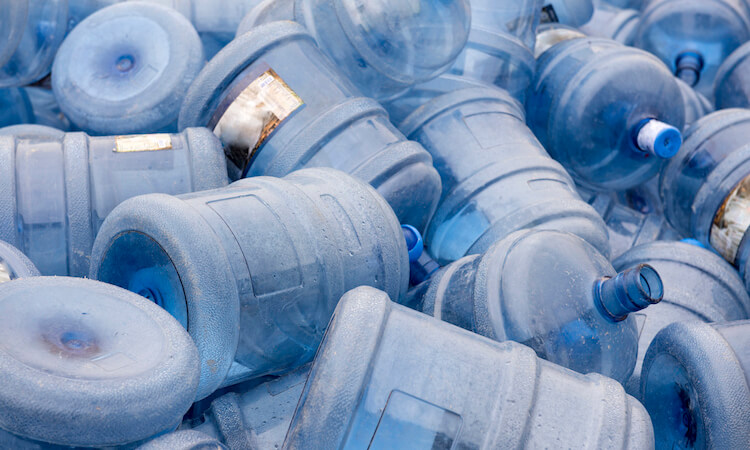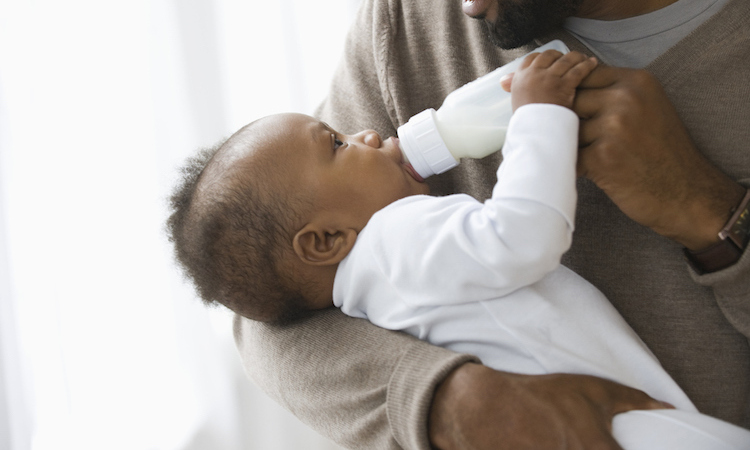What’s the Deal With #7 Plastics?
April 17, 2018

Is there anything cooler than recycling? Think about it — you throw a bottle or container into a blue bin, and then it magically gets turned into something completely different. From the consumer’s end, it’s as simple as that, but one thing that’s not always so simple is knowing what those little numbers mean on the bottom of your recyclable plastic. On today’s blog in our continuing plastic series, we’re diving into one of the most controversial packaging materials on the market: #7 plastics.
You’ve probably spent a surprising amount of time around #7 plastics without even knowing it. If you watch movies or play games on CDs, DVDs or Blu-Ray discs, these plastics are part of your daily entertainment. Co-workers gather around a water cooler made from these materials as the social hub at the office. A #7 plastic might even be the first one you ever drank from, since most baby bottles are made of it.
So what IS a #7 plastic? The number is a catch-all for a lot of very different materials, including acrylic, fiberglass and nylon to name a few. Generally speaking, these plastics aren’t intended for long-term use, and they aren’t recyclable. This category can even extend to products that are made from two types of recyclable plastics, since the recycling process for each of the materials may not be compatible with the other.

Baby’s first plastic. They grow up so fast!
One of the most notable plastics under the #7 umbrella is polycarbonate (PC). PC became very popular over the years because of its incredible versatility: during manufacturing, it’s easy to mold into a number of shapes, it’s transparent, and it boasts great durability for how lightweight it is. The downside? PC is well known to contain BPA, which means recycling is a no-no.
But not all #7 plastics are created equal. On the other side of the spectrum are bioplastics, which are paving the way for a more eco-friendly future. Like the rest of their siblings in this category, bioplastics aren’t recyclable, but it’s for a very good reason. Because they’re made from all-natural materials, these products are completely biodegradable.
Old, unrecyclable plastics continue to tarnish the reputation of plastic to this day, but a lot of effort has gone into paving an earth-friendly future for this packaging material. #7 plastics were one of the least recyclable offenders, but are now a shining example of a brighter way forward for a healthier planet.
So how do you know if your plastic packaging is recyclable? Let Ernest tackle that problem for you. Since our start over 70 years ago, we’ve been committed to doing our best for Mother Earth. We strive to use eco-friendly materials to help you leave a clean footprint, no matter what material your packaging uses. Sustainability is here to stay; see how we’re doing our part!


